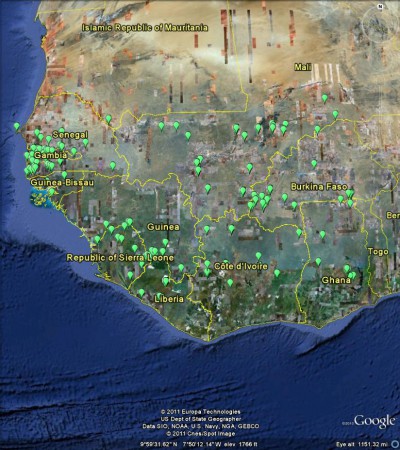We asked why the CGIAR has apparently been so silent on Cassava Brown Streak Disease. Glenn pointed out that maybe we’re just ignorant.
There is probably more going on, we just don’t know about it. One key question is whether genebanks have been thoroughly screened for CBSD resistence.
Well, have they?
Glenn makes another good point.
In theory, CG reform should be able to tackle a problem like this more efficiently. The roots and tuber program should be promoting more interaction between IITA and CIAT, interaction that would bring together the researchers mostly closely working on CBSD with others that might have solutions … maybe someone who know more about this can comment.
Well, can they?
But caught up in the frenzy, Glenn cannot help but post a little something on CBSD himself, thus finally breaking that CGIAR silence. Our next question? Why doesn’t FARM-Africa mention the disease in their post, also today, on their cassava work in Western Kenya? The disease is just across the border in Tanzania, after all, according to Glenn’s maps.
